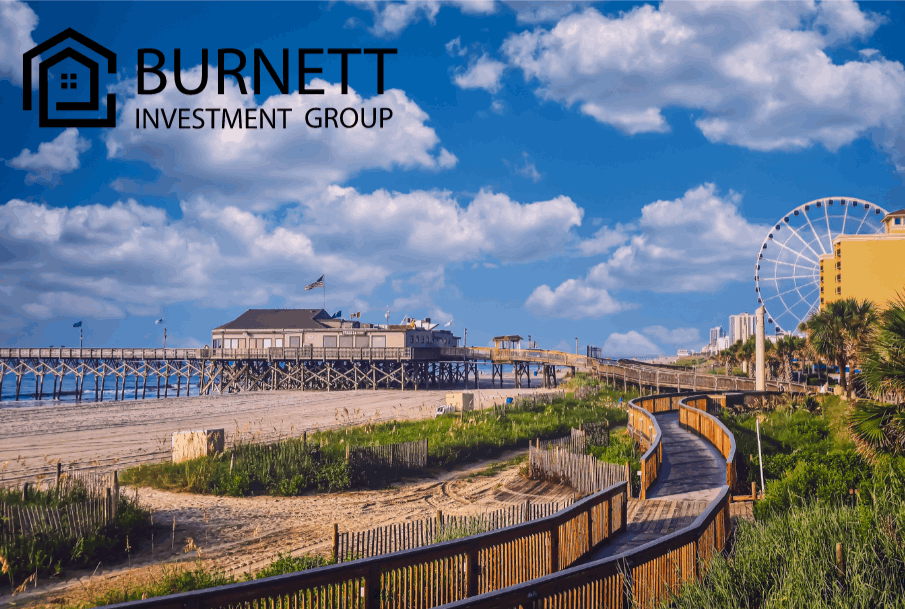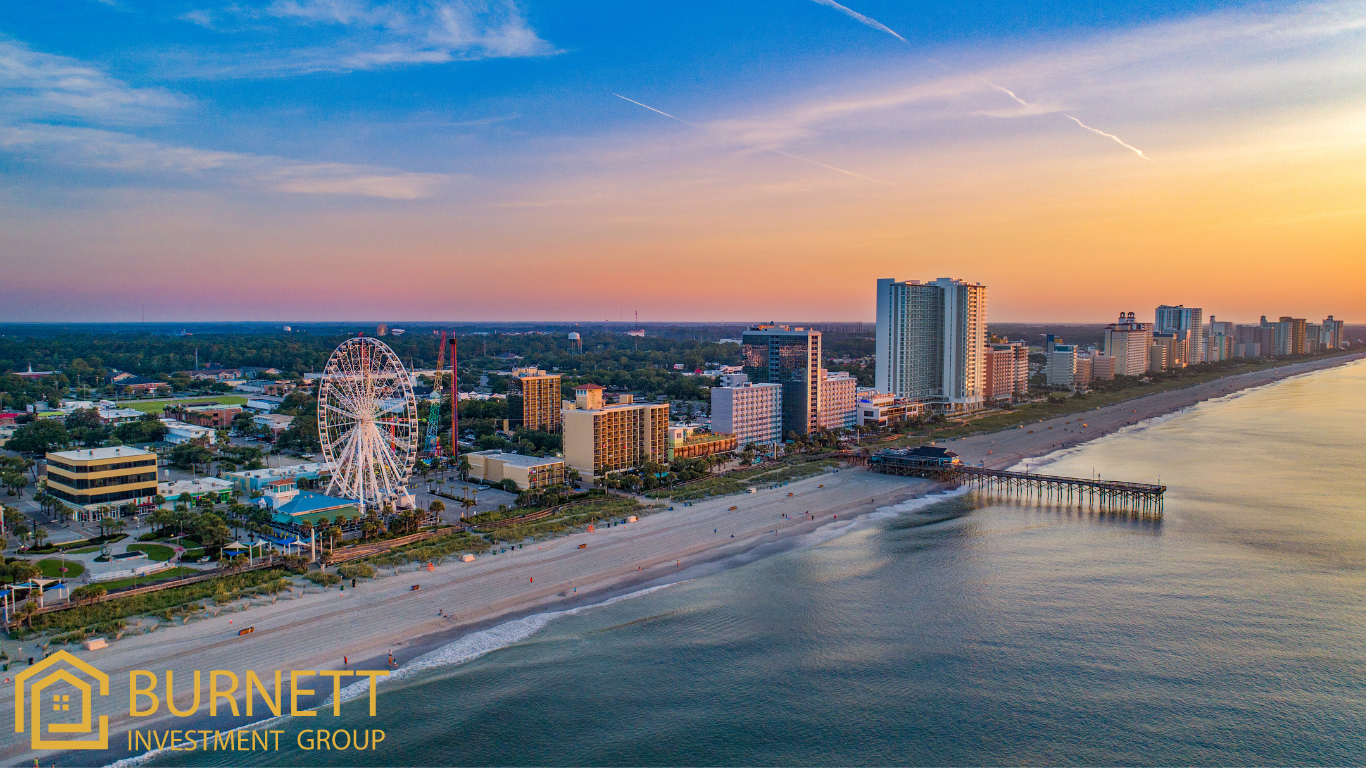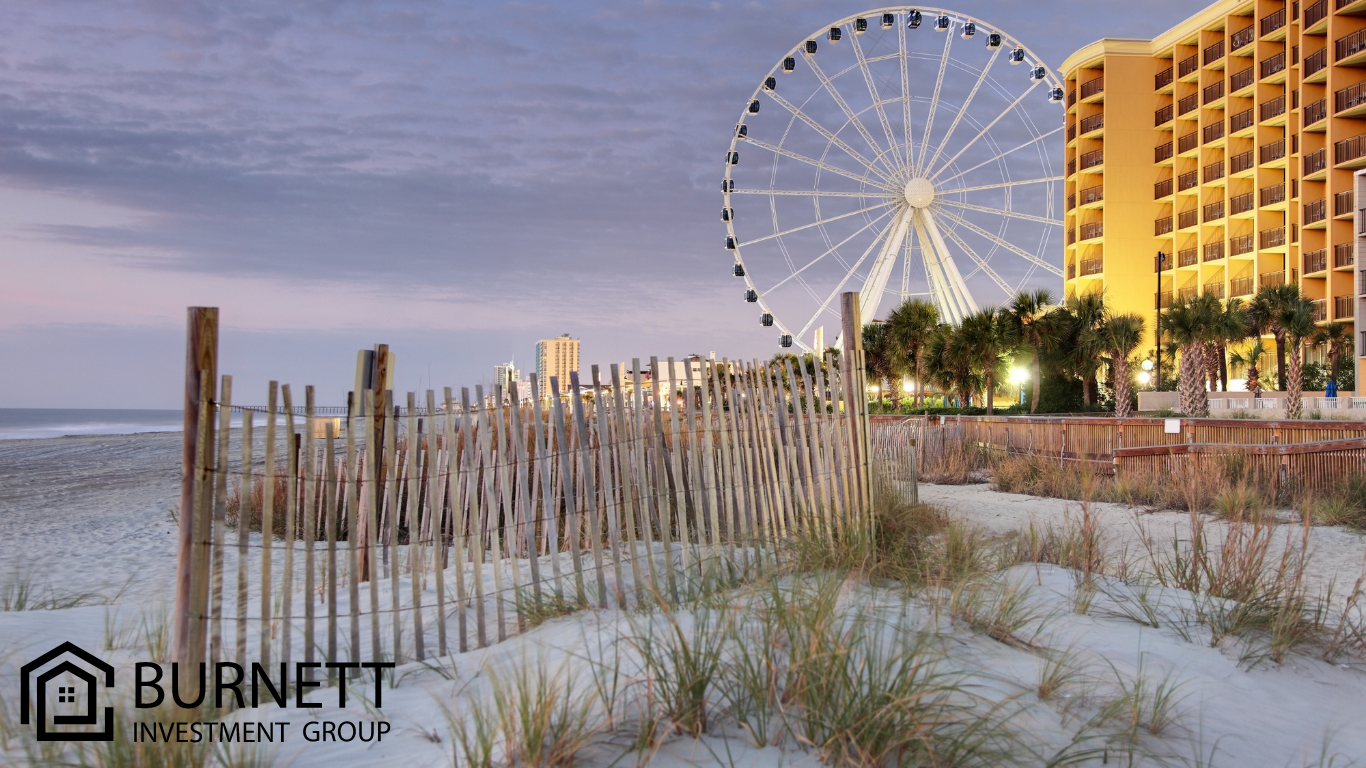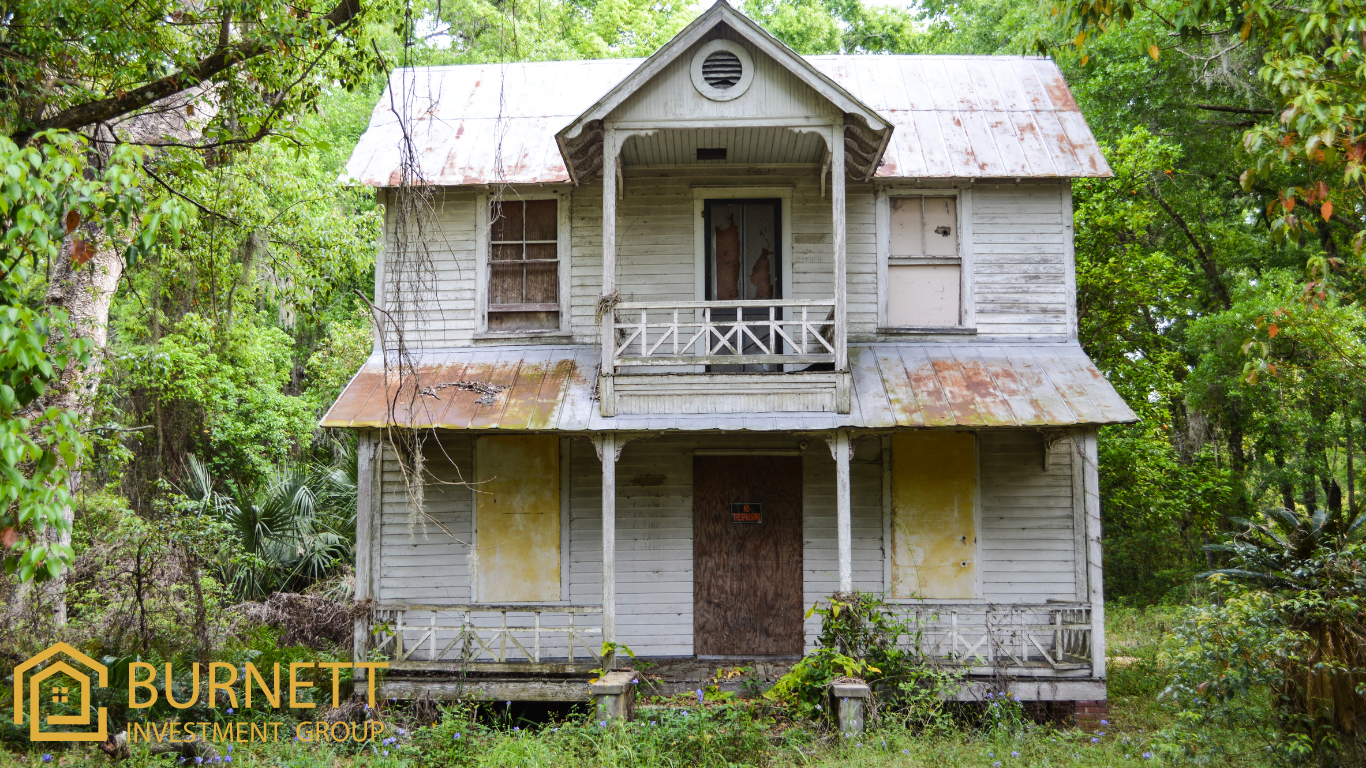-

A Closer Look Misinformation about real estate commissions has been rampant in the media lately. The national conversation around real estate commissions reached a crescendo since the National Association of REALTORS® (NAR) announced a settlement agreement to resolve litigation brought on behalf of
Read More -

Upholding Pro-Consumer, Pro-Competition MLS Rules The National Association of REALTORS® (NAR) is set to appeal the recent verdict in the Burnett trial, where the association and two codefendants were found liable. Despite the ruling, NAR remains steadfast in its commitment to advocating for pro-con
Read More The Calm Before the Storm Sitzer-Burnett

Transparency and Trust Amidst Ongoing Litigation The National Association of REALTORS® (NAR) recently faced intense scrutiny in the Sitzer-Burnett trial, a high-profile case that has been at the forefront of the real estate industry’s mind. Despite the heated debates and allegations, the Department
Read MoreNAR Sued by the DOJ: What You Need to Know

What You Need to Know The recent lawsuit involving the National Association of Realtors (NAR) and the Department of Justice (DOJ) has sparked numerous headlines and debates. However, it's essential to understand the outcome and implications of this case. The DOJ's lawsuit aimed at NAR's rules and
Read MoreMyrtle Beach SkyWheel: A Soaring Adventure on the Atlantic Coast

The Myrtle Beach SkyWheel is an iconic attraction that has become a symbol of the vibrant and scenic Myrtle Beach, South Carolina. Towering nearly 200 feet above the bustling boardwalk, the SkyWheel offers breathtaking views of the Atlantic Ocean and the surrounding cityscape. Since its grand openi
Read MoreMyrtle Beach Boardwalk: A Must-Visit Attraction

The Myrtle Beach Boardwalk is a premier attraction in Myrtle Beach, South Carolina, stretching 1.2 miles along the stunning Atlantic coastline. This iconic boardwalk, a centerpiece of the city, offers visitors breathtaking ocean views, thrilling entertainment, and a variety of dining and shoppi
Read MoreWhere Are the Best Parks in Myrtle Beach?

Myrtle Beach is not just about sandy beaches and oceanfront fun; it also boasts a variety of beautiful parks that offer everything from serene nature trails to bustling activity centers. Here’s a guide to some of the best parks in Myrtle Beach: 1. Myrtle Beach State Park Located at 4401 S Kings Hwy
Read MoreMoving to Myrtle Beach: What is the Grand Strand?

An Overview of the Grand Strand The Grand Strand is a 60-mile stretch of coastline along South Carolina’s Atlantic coast, running from Little River to Georgetown. It encompasses the city of Myrtle Beach and several other coastal communities, making it a major hub for tourism, entertainment, and res
Read MoreWhere To See An Alligator In Myrtle Beach SC

About the Alligators of Myrtle Beach Residents in South Carolina share their space with an estimated 100,000 alligators. The mating season for American Alligators starts in April and can last until May or June, where males will put on a show to attract females. Displays such as making water dance o
Read MoreConsidering an Investment in an Airbnb or Short-Term Rental Property in Myrtle Beach?

You're in the right place! Burnett Investment Group is here to walk you through the intricacies of this exciting venture. Whether you're a seasoned investor or a first-timer, our aim is to provide you with the knowledge you need to make a confident and well-informed decision. Location, Location,
Read MoreHow a Realtor Negotiates the Purchase of Your Home

Key Roles and Strategies of a Realtor A realtor plays a crucial role in negotiating the purchase of your home, leveraging their expertise, market knowledge, and negotiation skills to secure the best possible deal for you. Here are some key ways a realtor negotiates the purchase of your home: Market
Read MoreCommon Things to Look Out for Before Buying a New Home

Key Considerations for Home Buyers Purchasing a new home can be an exciting experience, but it's important to ensure that everything meets your expectations and standards. Here are some common things to look out for before making your purchase: Builder Reputation and Quality Builder’s Track Recor
Read MoreCommon Things to Look Out for Before Buying A Resale Home

Key Considerations for Home Buyers Buying a resale home can be a great opportunity to find a property with character and history. However, it's essential to carefully evaluate the home to avoid any unexpected problems. Here are some common things to look out for before making your purchase: Structu
Read MoreWhy You Should Consider Selling in the Summer

Optimal Selling Conditions Summer is often considered one of the best times to sell a home. Here are several reasons why you should consider putting your home on the market during the summer months: Increased Buyer Activity Higher Demand: Many buyers prefer to move during the summer, as it aligns
Read More-

How Can a Real Estate Agent Help Me Sell My Home? Expertise and Skills A real estate agent is highly skilled in selling homes and will be able to help you get the most money when selling. Their expertise covers various aspects of the home-selling process, ensuring a smooth and successful transactio
Read More -

Should I Be Present for Viewings? Why It's Best to Stay Away When selling your home, it’s natural to want to be involved in every step of the process, including viewings. However, it’s generally advised that sellers should not be present during these appointments. Here’s why: Key Reasons to Avoid B
Read More -

What is the Difference Between a List Price and a Sale Price? Understanding List Price vs. Sale Price When navigating the real estate market, it's important to understand the distinction between the list price and the sale price of a home. Although these terms are often used interchangeably, they h
Read More -

How Much is My Home Worth? Determining Your Home's Value When considering selling your home, one of the first questions you might have is, "How much is my home worth?" This is a crucial question, as it influences your selling strategy and future plans. However, because homes can be remodeled and mo
Read More -

What Has to Be Disclosed to Buyers? Transparency is Key When selling your home, it’s crucial to disclose any known issues or defects. Transparency builds trust with potential buyers and helps avoid legal complications down the road. Here are some key points to consider: Essential Disclosures 1. Str
Read More -

Selling your home can be an exciting yet overwhelming process. As a seller, you want to ensure that you get the best possible price for your property and attract potential buyers. To help you navigate this journey smoothly, we've compiled a list of commonly asked questions by sellers. In this Seller
Read More
Categories
Recent Posts










